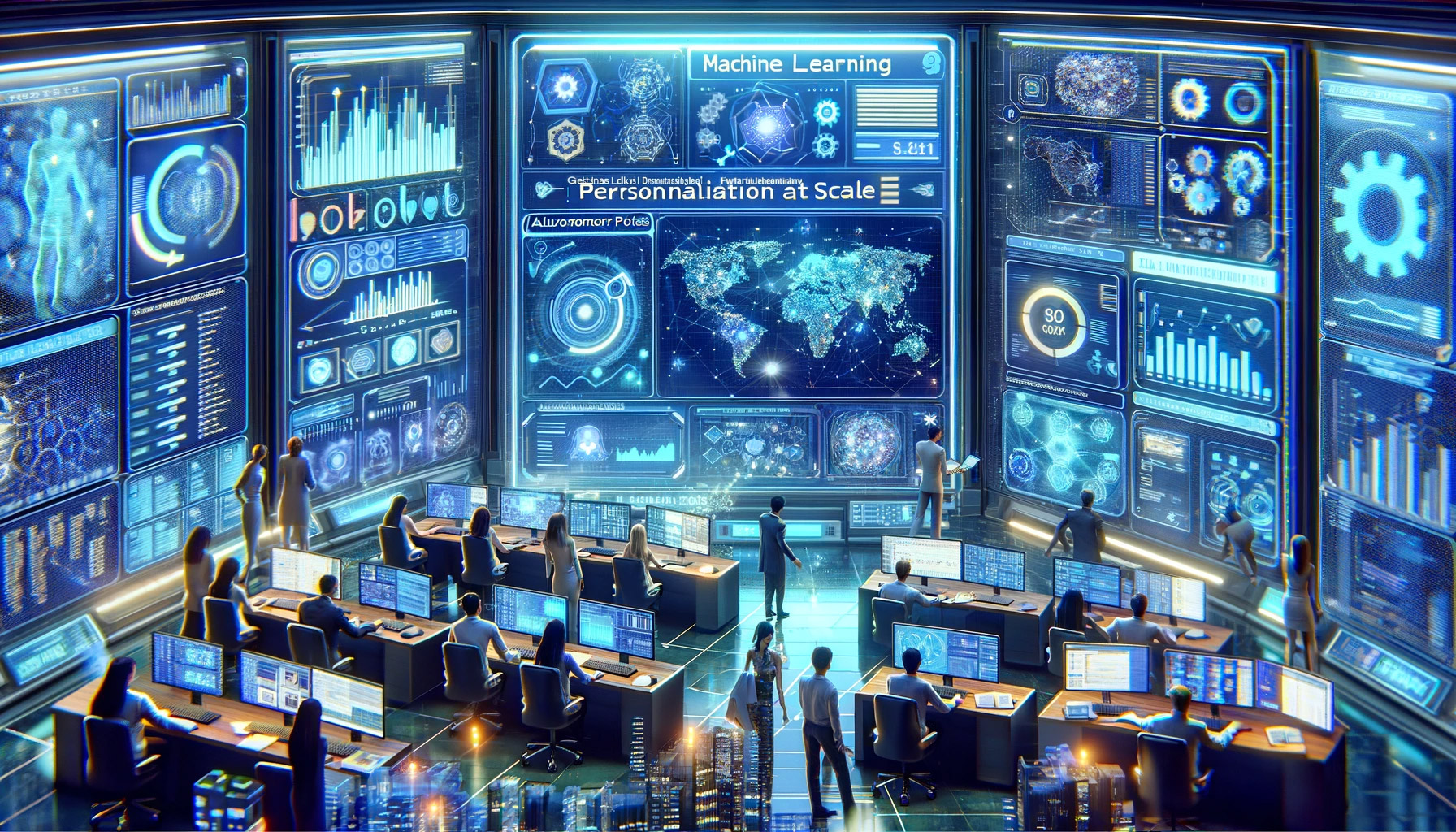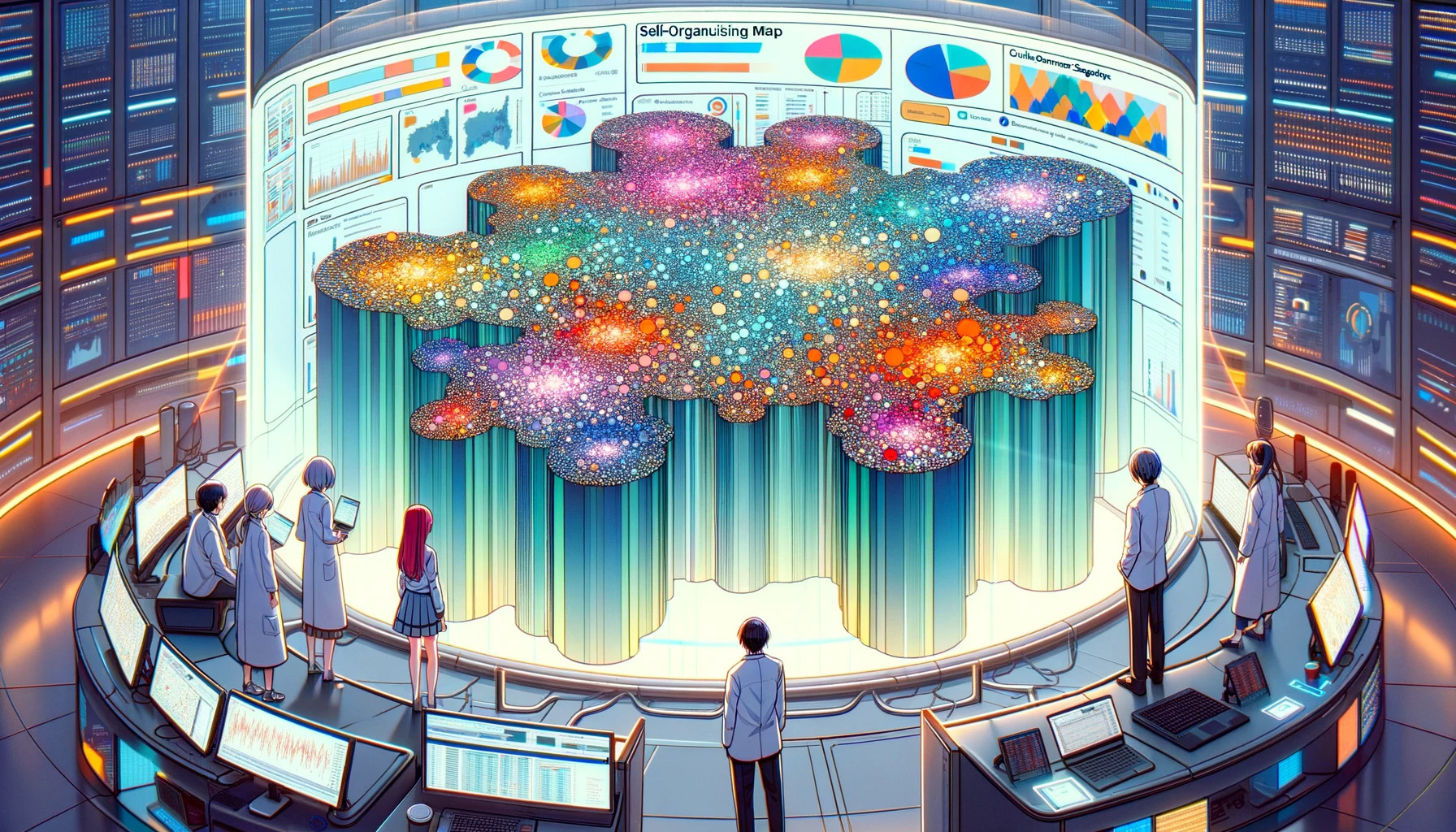In the fast-paced world of B2B marketing, staying ahead of the curve is not just an advantage; it’s a necessity. With Facebook standing as a powerhouse platform for digital campaigns, leveraging its capabilities to the fullest requires a blend of creativity, technology, and strategic analytics. Today, we’re exploring how advanced analytics and augmented reality (AR) are revolutionising B2B campaigns on Facebook, setting a new benchmark for digital engagement and ROI.
Predictive Analytics: The Game-Changer
The heart of any successful marketing campaign lies in its ability to predict and adapt. By employing predictive modelling techniques, marketers can forecast future campaign outcomes with remarkable accuracy. This involves analysing past performance data to identify trends in engagement rates and conversion metrics. Predictive analytics enables marketers to allocate their budgets more efficiently, focusing on the most promising campaigns. It’s not just about looking back; it’s about forecasting the future and ensuring that every marketing pound spent is an investment towards a higher ROI. Integrating A/B testing results into predictive models further refines their accuracy, making marketing strategies both data-driven and anticipatory.
Augmented Reality: Elevating Engagement

Augmented reality in ads is not just a novelty; it’s a compelling tool that transforms the way potential clients interact with products or services. Imagine enabling your audience to visualise how a new piece of office furniture would look in their actual workspace directly from their Facebook feed. This level of interactivity significantly enhances the user experience, making your brand more memorable and distinguishing your offerings from the competition. AR ads offer a dynamic and interactive way for clients to engage with your products, providing a unique and immersive experience that goes beyond traditional advertising.
Interactive Visual Aids: The Power of AR
Beyond AR’s application in ads, integrating it into visual aids presents a groundbreaking approach to support your marketing message. For B2B clients, being able to explore products or services in their environment through AR can significantly enhance the understanding and appeal of your offerings. From simulating industrial equipment within a factory setting to demonstrating new software functionality in real-time, AR creates immersive experiences that not only support your core message but also offer a differentiated interaction with your brand.
Behavioural Analytics: Tailoring Content to Audience Preferences
Understanding your audience’s unique preferences is crucial for tailoring your visual content strategy. If behavioural analytics reveal a predilection for video content among your target audience, responding with a strategy that amplifies explainer videos or customer testimonials can dramatically increase engagement and conversion rates. This tailored approach ensures that your visual content resonates deeply with your audience’s consumption habits, making your B2B marketing efforts more impactful.
Machine Learning: Personalisation at Scale

The integration of machine learning into marketing strategies allows for dynamic personalisation that adapts in real-time to the customer’s latest interactions with your brand. By deploying algorithms such as Decision Trees, marketing messages and offers can automatically adjust, offering personalised content that reflects the customer’s current interests and needs. This level of personalisation not only enhances the effectiveness of B2B marketing campaigns but also deepens customer engagement and loyalty.
Self-Organising Maps: A New Frontier in Customer Segmentation

Applying Self-Organising Maps (SOM) to differentiate B2B customer segments based on loyalty introduces a novel approach to understanding customer behaviour. This technique visualises complex data in simpler two-dimensional maps, revealing not just how customers are grouped but also how these segments evolve over time. By tracking the transitions of customers between segments, businesses can identify loyalty trends and tailor their engagement strategies to meet the evolving needs of their audience.
Conclusion
As we delve deeper into the digital age, the fusion of advanced analytics, augmented reality, and machine learning represents the forefront of B2B marketing innovation. These technologies offer unprecedented opportunities to enhance campaign performance, engage audiences in meaningful ways, and achieve a significant return on investment. By embracing these advancements, marketers can navigate the complexities of digital advertising with greater precision and creativity, setting new standards for success in the digital marketing landscape.
Note: The images in this post are AI generated.
Leave a Reply